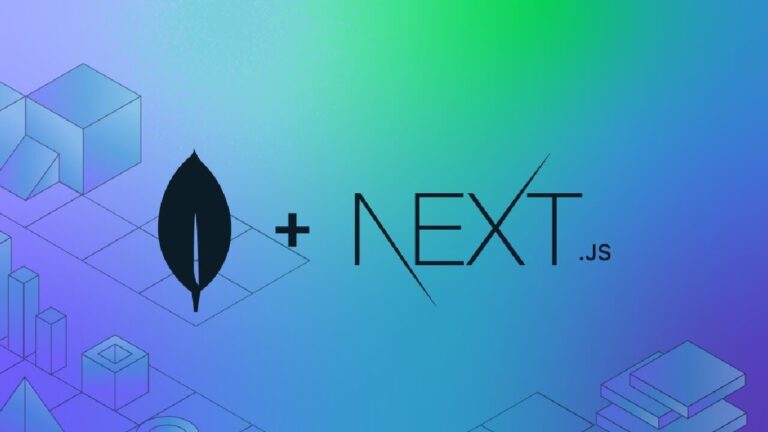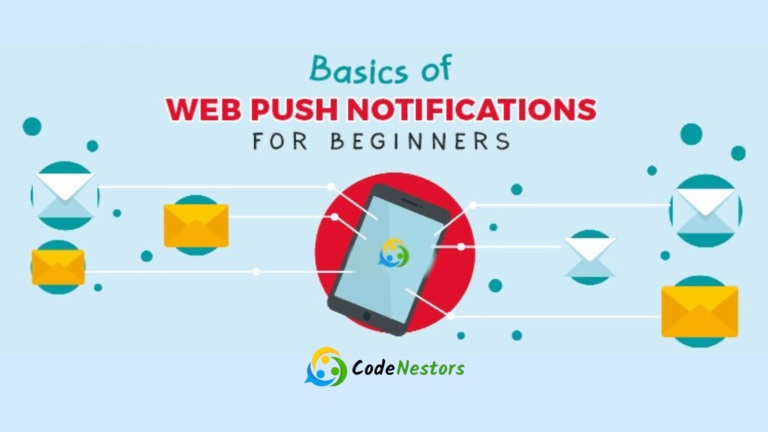Mastering Internationalization (i18n) in Next.js i18n

Internationalization often abbreviated as Next.js i18n is a crucial aspect of building web applications that cater to a global audience. Next.js a popular React framework provides robust support for internationalization through various features and libraries such as next-i18next and react-i18next. This guide will walk you through the process of implementing i18n in a Next.js application ensuring your web application is accessible and user-friendly for audiences around the world.
what is Next.js i18n
Next.js i18n refers to the internationalization features embedded within the Next.js framework. In simpler terms, it’s about making websites and applications speak the language of users worldwide. With Next.js i18n, developers can effortlessly build web applications that adapt to different languages, cultures and regions.
This integration is achieved through the use of the next-i18next library, a tool that simplifies the process of incorporating multilingual capabilities into React applications. By leveraging Next.js i18n, developers can smoothly handle tasks like translating content, accommodating plural forms and adjusting date and time formats to suit diverse cultural preferences. This ensures that users from various corners of the globe enjoy a tailored and inclusive digital experience.
Features of next js i18n
Next.js i18n comes packed with features that make the internationalization (i18n) of web applications a breeze. Let’s dive into what makes it stand out:
- Locale Support: With Next.js i18n, you can easily cater to users from different language backgrounds by supporting multiple locales.
- Dynamic Content Translation: Translate your application’s content on the fly, ensuring users see the information in their preferred language, creating a smooth and inclusive user experience.
- Pluralization Support: Next.js i18n handles plural forms gracefully, accommodating linguistic differences related to quantities and providing accurate and contextually relevant translations.
- Date and Time Formatting: Adapt date and time formats to align with user preferences and cultural norms, adding a touch of localization for a more user-friendly experience.
- SEO Optimization: Optimizing SEO in Next.js by implementing href lang tags. These tags signal search engines, ensuring accurate indexing and display of the right language versions across your multilingual site. Boost your search visibility and provide a more refined user experience
- Language Switching: Empower users to switch between languages dynamically, offering a personalized touch and enhancing overall user satisfaction.
- Customizable Configurations: Tailor i18n settings to your project’s needs, specifying default language and additional supported languages for a setup that suits your unique requirements.
- Integration with React Components: Next.js i18n smoothly integrates into React components using higher-order components (HOCs) or React hooks, simplifying the development process and making maintenance a breeze.
In essence, Next.js i18n is a powerful toolkit that simplifies the creation of web applications, ensuring they can effectively connect with a diverse global audience.
Setting Up Next.js i18n
Step 1: Create a Next.js App
Start by creating a new Next.js application:
npx create-next-app my-i18n-app
cd my-i18n-appStep 2: Install Required Packages
Install the necessary packages for internationalization:
npm install next-i18next react-i18nextStep 3: File Structure
Here’s the recommended file structure for our i18n example:
my-i18n-app
|-- components
| |-- MyComponent.js
| |-- LanguageSwitcher.js
|-- public
| |-- locales
| |-- en
| |-- common.json
| |-- fr
| |-- common.json
|-- pages
| |-- index.js
|-- i18n.js
|-- next.config.jsStep 4: Configure i18n
Create an i18n.js file at the root of your project:
// i18n.js
const NextI18Next = require('next-i18next').default;
module.exports = new NextI18Next({
defaultLanguage: 'en',
otherLanguages: ['fr'],
localeSubpaths: {
en: 'en',
fr: 'fr',
},
});Step 5: Configure Next.js
Update your next.config.js to include i18n configuration:
// next.config.js
const { i18n } = require('./i18n');
module.exports = {
i18n,
}Step 6: Create Components
Create a simple component, MyComponent.js, to display a translated message:
// components/MyComponent.js
import { withTranslation } from '../i18n';
const MyComponent = ({ t }) => {
return (
<div>
<p>{t('hello')}</p>
</div>
);
};
export default withTranslation('common')(MyComponent);Create a language switcher component, LanguageSwitcher.js:
// components/LanguageSwitcher.js
import { useTranslation } from '../i18n';
const LanguageSwitcher = () => {
const { i18n } = useTranslation();
const changeLanguage = (language) => {
i18n.changeLanguage(language);
};
return (
<div>
<button onClick={() => changeLanguage('en')}>English</button>
<button onClick={() => changeLanguage('fr')}>Français</button>
</div>
);
};
export default LanguageSwitcher;Step 7: Add Translations
Create translation files in the public/locales directory:
// public/locales/en/common.json
{
"hello": "Hello, World!"
}// public/locales/fr/common.json
{
"hello": "Bonjour, le Monde !"
}Step 8: Use Components in Index Page
Update your pages/index.js to use the created components:
// pages/index.js
import MyComponent from '../components/MyComponent';
import LanguageSwitcher from '../components/LanguageSwitcher';
const Home = () => {
return (
<div>
<MyComponent />
<LanguageSwitcher />
</div>
);
};
export default Home;Step 9: Run Your App
Now, you can run your Next.js app:
npm run devVisit http://localhost:3000 in your browser and explore the multilingual features.
This example provides a detailed setup for internationalization in a Next.js application, including the file structure, code and necessary configurations. Feel free to adapt it to your specific project requirements.
Advanced i18n Features
Pluralization
To handle plural forms in different languages, extend your translation files. For example, in public/locales/en/common.json:
{
"apples": {
"zero": "No apples",
"one": "One apple",
"other": "Many apples"
}
}And in public/locales/fr/common.json:
{
"apples": {
"zero": "Aucune pomme",
"one": "Une pomme",
"other": "Beaucoup de pommes"
}
}Then, use it in your component:
// components/MyComponent.js
import { withTranslation } from '../i18n';
const MyComponent = ({ t }) => {
return (
<div>
<p>{t('apples', { count: 0 })}</p>
<p>{t('apples', { count: 1 })}</p>
<p>{t('apples', { count: 5 })}</p>
</div>
);
};
export default withTranslation('common')(MyComponent);Date and Time Formatting
For adapting date and time formats based on user preferences, you can use a library like date-fns. First install the package:
npm install date-fnsThen, use it in your component:
// components/MyComponent.js
import { withTranslation } from '../i18n';
import { format } from 'date-fns';
const MyComponent = ({ t }) => {
const currentDate = new Date();
return (
<div>
<p>{t('hello')}</p>
<p>{format(currentDate, 'PPP', { locale: getCurrentLocale() })}</p>
</div>
);
};
export default withTranslation('common')(MyComponent);
function getCurrentLocale() {
// Logic to get the current locale, e.g., from your i18n library
// This is just a placeholder, adjust based on your implementation
return 'en';
}SEO for Multilingual Sites
Optimize your application for search engines with appropriate hreflang tags. Update your head section in pages/_app.js:
// pages/_app.js
import Head from 'next/head';
import { appWithTranslation } from '../i18n';
function MyApp({ Component, pageProps }) {
return (
<>
<Head>
{/* Other meta tags */}
<link rel="alternate" hrefLang="en" href="https://yourwebsite.com/en" />
<link rel="alternate" hrefLang="fr" href="https://yourwebsite.com/fr" />
{/* Add more hreflang tags for other languages */}
</Head>
<Component {...pageProps} />
</>
);
}
export default appWithTranslation(MyApp);Congratulations! You’ve successfully implemented internationalization in your Next.js I18n application. This comprehensive guide covered everything from initial setup to advanced features, giving your application the ability to cater to a global audience. Tailor this example to your project’s specific needs and your application will provide a seamless and culturally aware experience for users worldwide.
FAQs
Can Next.js i18n handle pluralization in different languages?
Yes, Next.js i18n supports pluralization. Developers can define different forms for singular and plural in their translation files and the library dynamically selects the appropriate form based on the count specified in the application.
How does Next.js i18n handle date and time formatting?
Next.js i18n allows developers to adapt date and time formats based on user preferences and cultural norms. By leveraging libraries like date-fns or similar, developers can format dates and times in a way that aligns with the user’s locale.






